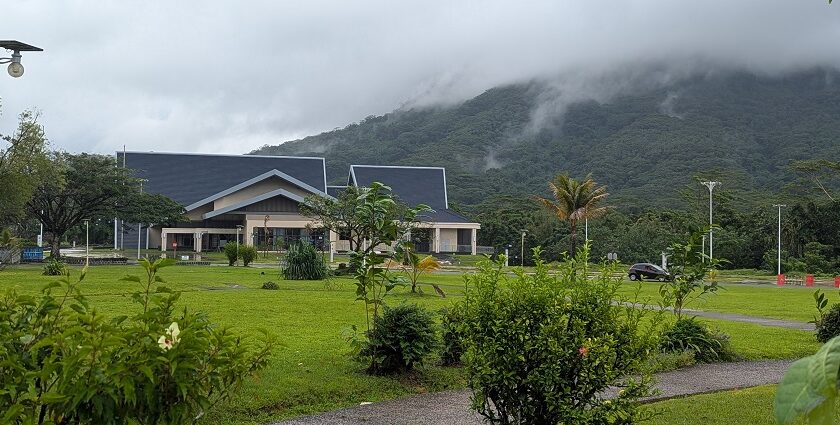Palikir is the quiet yet fascinating capital of the Federated States of Micronesia. Nestled on the island of Pohnpei, this hidden gem offers lush tropical landscapes, ancient ruins, and a glimpse into island culture. Unlike bustling capitals, Palikir exudes tranquillity, making it perfect for travellers seeking off-the-beaten-path experiences. Explore the mysterious Nan Madol ruins, hike through rainforests, or immerse yourself in the local way of life. With its warm hospitality and untouched beauty, this place promises an adventure far from the ordinary.
Location

Photo: Patrick Nunn / Wikimedia Commons
Palikir is located on the island of Pohnpei, one of the four states of the Federated States of Micronesia. It lies in the western Pacific Ocean, around 7,090 km southeast of Tokyo, Japan, and 6,150 km southwest of Honolulu, Hawaii. The capital is situated inland, about 8 km southwest of Kolonia, the island’s central commercial hub. Surrounded by lush rainforests and volcanic mountains, enjoy a tropical setting with abundant natural beauty.
How To Reach
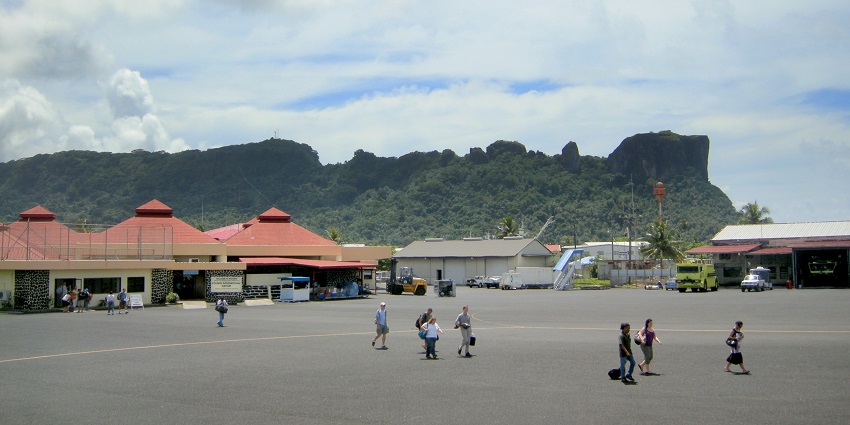
Photo: Matt Kieffer / Wikimedia Commons
There are no train or direct road connections from outside the island. Visitors must first reach Pohnpei State before travelling to Palikir.
By Air: Pohnpei International Airport (PNI) is the nearest airport, about 8 km. United Airlines operates flights via Guam and Honolulu.
By Train: There are no train services to Palikir.
By Road: From Kolonia, taxis and rental cars are available for the 8 km journey to Palikir. The roads are well-maintained but may have occasional rain-induced wear.
Places To Visit In Palikir
Here are 3 must-visit places in Palikir for an immersive travel experience:
1. Nan Madol
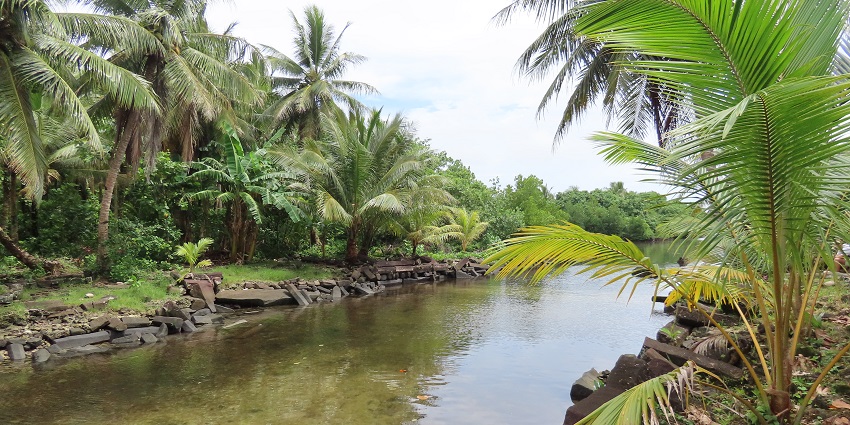
Photo: Uhooep / Wikimedia Commons
Nan Madol is an ancient city comprising over 100 artificial islets constructed with basalt and coral boulders. These islets house the remnants of stone palaces, temples, tombs, and residential areas built between 1200 and 1500 CE, serving as the ceremonial hub of the Saudeleur dynasty. The site spans approximately 1.5 km by 0.5 km, showcasing impressive engineering feats.
Location: Approximately 12 km southeast of Palikir on Pohnpei Island.
Major Attractions: Ruins of stone temples, tombs, and residential domains.; intricate canal systems weaving through the islets.
2. Kepirohi Waterfall

Photo: Uhooep / Wikimedia Commons
Kepirohi Waterfall is a captivating natural attraction, standing about 20 meters tall and 30 meters wide. Composed of large, square basalt stones, the waterfall cascades into a spacious pool ideal for swimming. The journey to the falls involves a brief 5-minute walk from the main road along a stone path adorned with vibrant tropical flowers. An admission fee is required, payable at a nearby residence or store.
Location: Situated near the Nan Madol ruins, about 12 km southeast of Palikir.
Major Attractions: A 20-meter-high waterfall cascading into a clear pool; scenic walking paths through tropical flora.
3. Pohnpei National Park
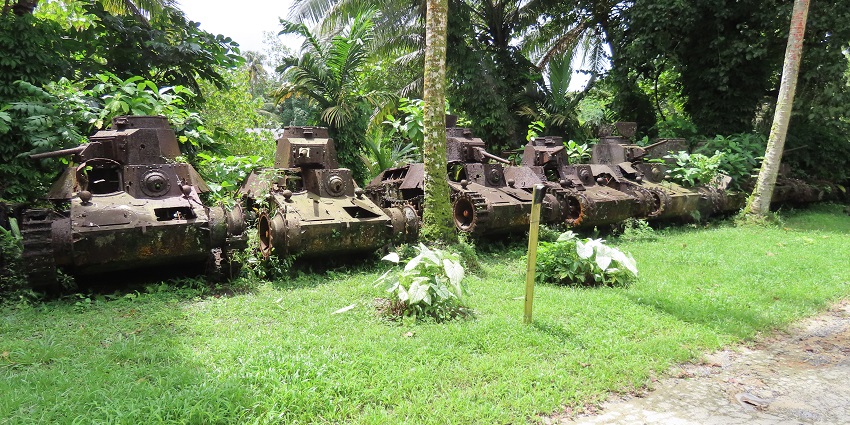
Photo: Uhooep / Wikimedia Commons
The Pohnpei State Botanical Garden offers a serene environment to explore the island’s diverse plant life. Visitors can wander through well-maintained paths showcasing a variety of native and exotic flora. The garden serves as an educational resource, highlighting the ecological significance of Pohnpei’s vegetation. It’s an ideal spot for leisurely walks, bird watching, and gaining insights into local biodiversity. The tranquil setting provides a refreshing escape from the urban environment.
Location: Located within Pohnpei Island, accessible from Palikir.
Major Attractions: Scenic hiking trails through dense rainforest; opportunities to observe endemic wildlife and plant species.
Must-Have Experiences At Palikir
Complete your trip to the hidden gem of Palikir Micronesia with these 3 must-have experiences:
1. Hike To Sokehs Rock
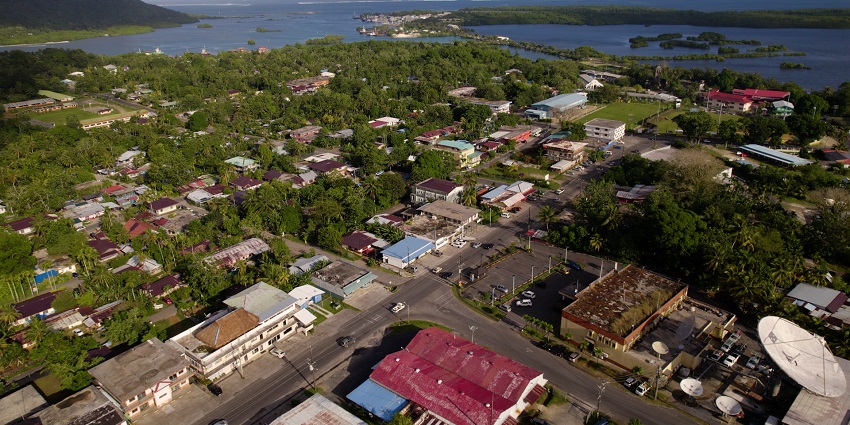
Photo: Lando78.Cook / Wikimedia Commons
Sokehs Rock, also known as Paipalap, is a towering cliff offering panoramic views of Pohnpei Island and the Pacific Ocean. The hike to the summit is moderately challenging, traversing lush rainforests and steep terrains. Upon reaching the top, hikers are rewarded with breathtaking vistas, making it a popular spot for photography and nature appreciation. The area is also rich in World War II history, with remnants of Japanese gun emplacements and bunkers scattered along the trail.
2. Explore Pohnpaip Petroglyphs
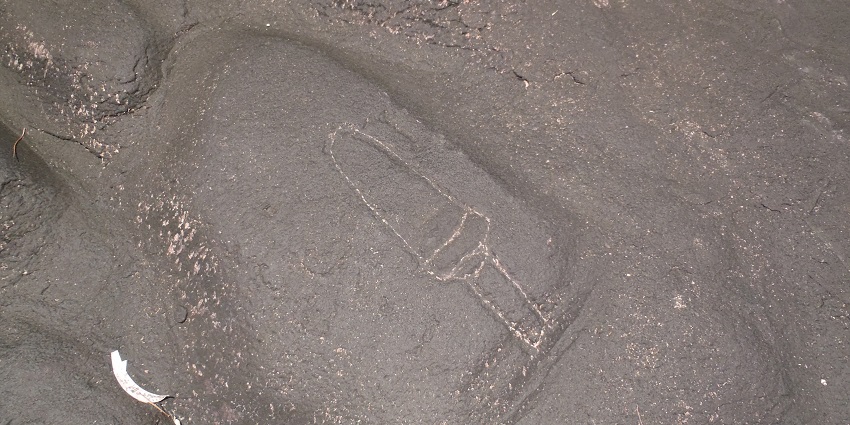
Photo: Patrick Nunn / Wikimedia Commons
The Pohnpaip Petroglyphs are ancient rock carvings etched into volcanic stones, depicting human figures, animals, and symbolic motifs. These petroglyphs offer a glimpse into the island’s prehistoric culture and artistic expression. Located in a secluded area, reaching the site involves a short trek through dense vegetation, adding to the sense of discovery. Visitors are encouraged to respect the site by not touching or defacing the carvings, preserving them for future generations.
3. Visit Liduduhniap Waterfalls
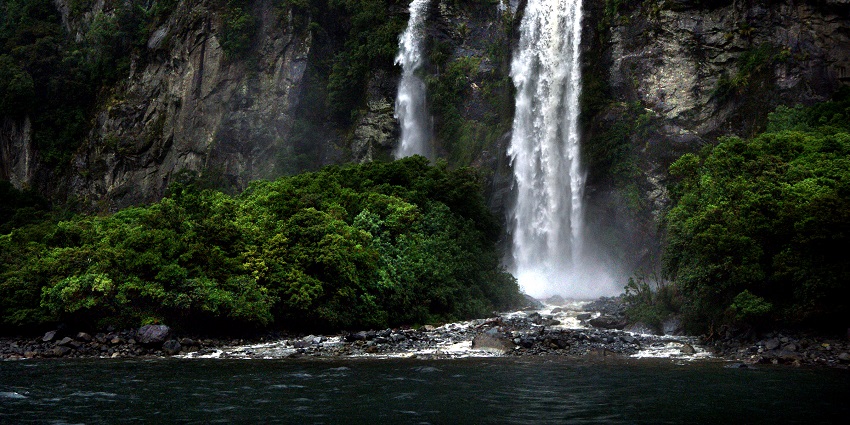
Photo: Anonymous / Pxhere / Image For Representation Only
Liduduhniap Waterfalls consist of two cascading falls nestled within Pohnpei’s verdant landscape. The upper and lower falls each have their own distinct charm, with clear pools suitable for swimming. A short hike through tropical forests leads visitors to these serene spots, where they can enjoy the soothing sounds of nature. The area is less frequented than other tourist sites, offering a tranquil retreat.
Where To Stay
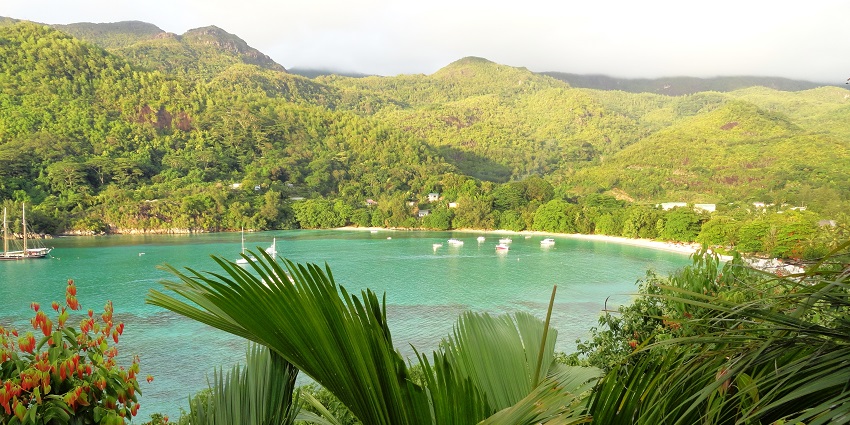
Photo: Fabio Achilli / Wikimedia Commons / Image For Representation Only
When planning a trip to Palikir, the capital of the Federated States of Micronesia, accommodation options are somewhat limited but cater to various preferences. Yvonne’s Hotel, located in nearby Kolonia, offers a family-friendly atmosphere with comfortable rooms and essential amenities. For those seeking proximity to nature, Nihco Marine Park and Resort provides a serene environment with ocean views. Additionally, 7 Stars Inn offers convenient access to local attractions. It’s advisable to book accommodations in advance due to limited availability.
Where To Eat

Photo: DanaTentis / Wikimedia Commons / Image For Representation Only
When planning a trip to Palikir, the capital of the Federated States of Micronesia, you’ll find a variety of dining options to suit different tastes. Sei Restaurant is renowned for its local cuisine, offering dishes like grilled fish and chicken curry in a welcoming atmosphere. For a diverse menu, The Rusty Anchor Bar & Grill serves both local and international fare, including burgers and seafood. Oceanview Restaurant provides a range of seafood options with a scenic backdrop.
Best Time To Visit
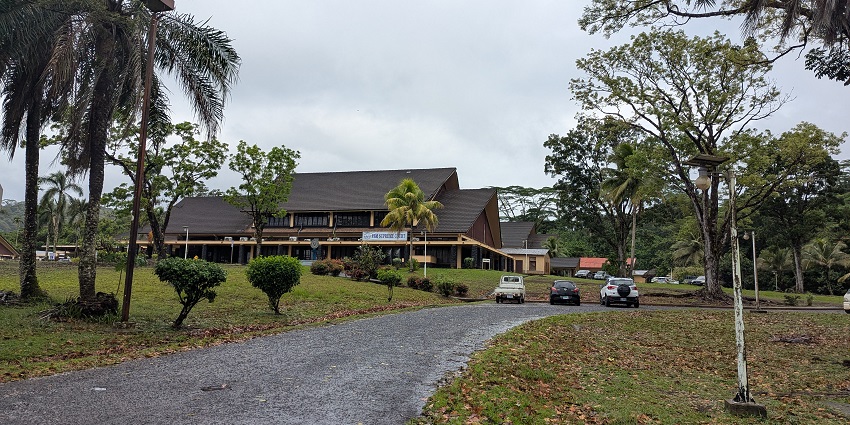
Photo: Zykasaa / Wikimedia Commons
Palikir, the capital of the Federated States of Micronesia, experiences a tropical climate with warm temperatures and high humidity year-round. The optimal time to visit is during the drier months, typically from January to April, when rainfall is less frequent, and outdoor activities are more enjoyable. March stands out as the sunniest month, averaging six hours of sunshine per day. Conversely, May tends to be the wettest month, with average rainfall reaching 461mm.
Other Factors To Consider
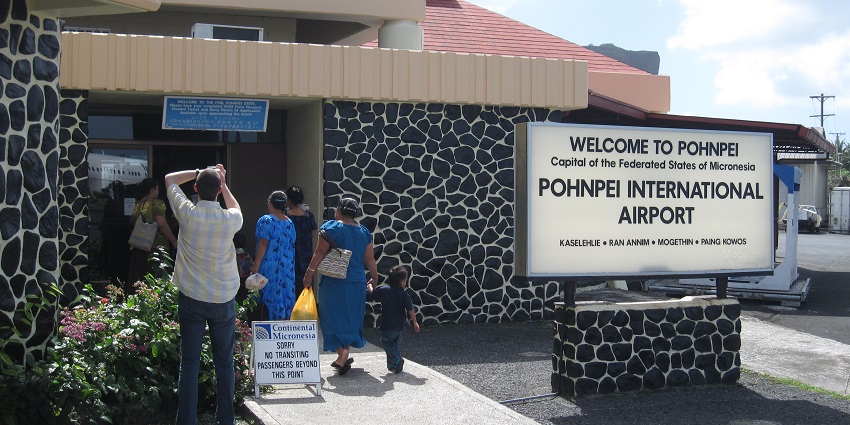
Photo: Mike LaMonaca / Wikimedia Commons
Average Cost Of The Trip
A trip to Palikir from India costs around ₹1,00,000–₹2,50,000 for a week. Flights range from ₹21,000–₹1,30,000. Accommodation varies between ₹3,000–₹15,000 per night. Daily expenses are ₹4,000–₹16,000, depending on your style. Palikir uses USD.
Tips For Travellers
- Check visa requirements before travel; Indian passport holders may need prior approval.
- WiFi is scarce; get a local SIM or international roaming.
- Hot and humid year-round. Pack light clothing and rain gear.
- Stick to bottled water; local seafood is a must-try.
- Carry mosquito repellent and basic medicines.
Palikir offers a unique blend of culture, nature, and tranquillity, making it a hidden gem in the Pacific. From exploring historic landmarks to experiencing local traditions, every moment here is memorable. The lush landscapes, friendly locals, and relaxed atmosphere create a perfect escape from busy city life. Plan your visit wisely, keeping in mind the best time to travel and essential factors. Discover the charm of this island capital and take home unforgettable memories, your journey awaits with TripXL.
Cover Photo: Zykasaa / Wikimedia Commons


 WhatsApp
WhatsApp
 Twitter
Twitter
